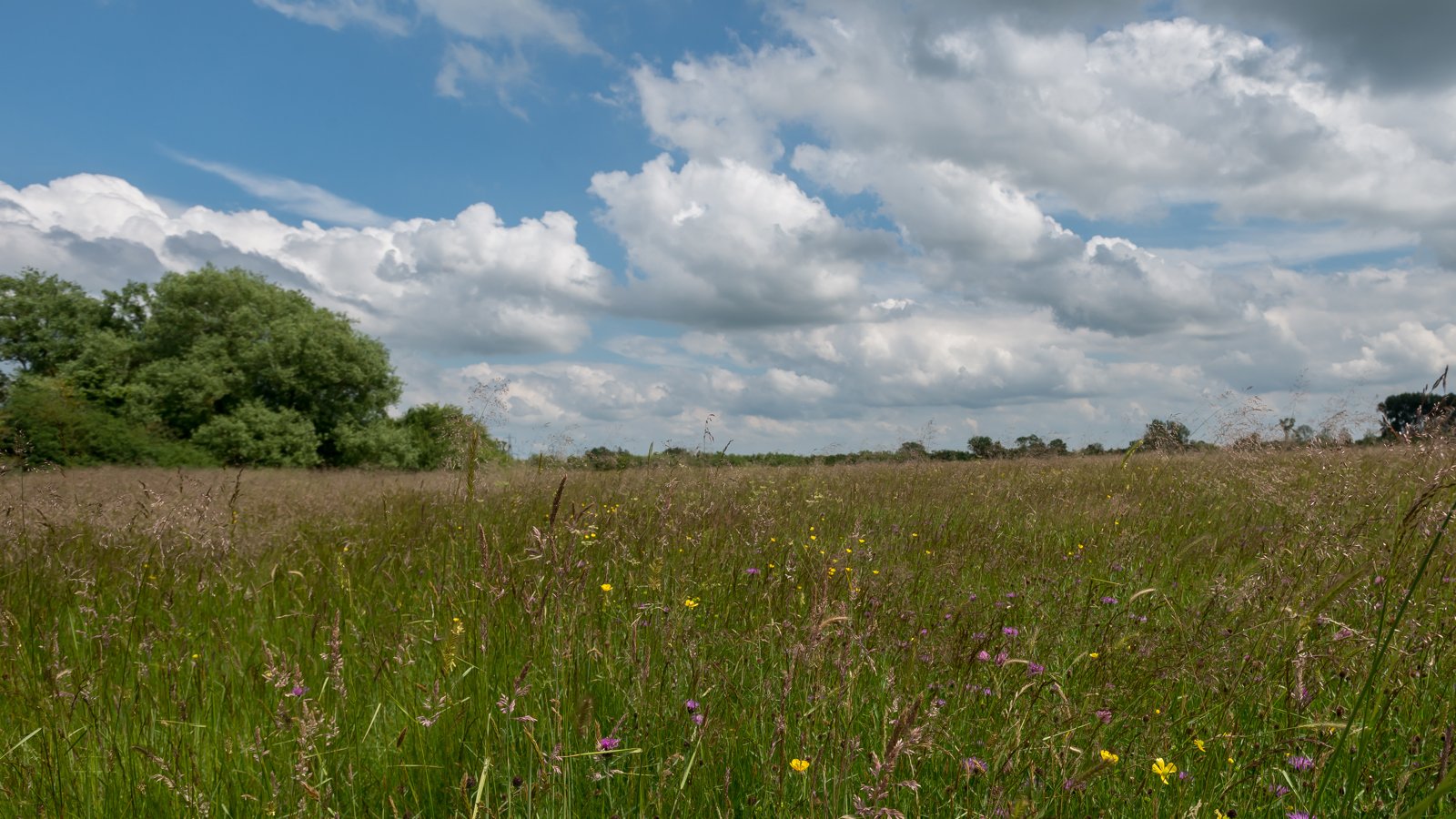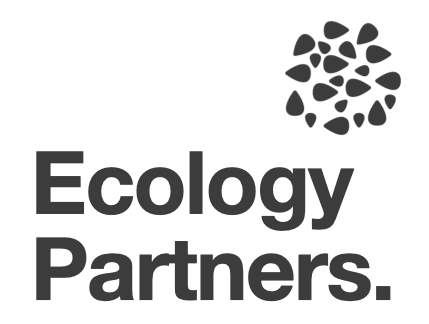Beaconsfield Biodiversity Net Gain Project
Introduction
The Beaconsfield Project was Ecology Partners first successful Biodiversity Net Gain (BNG) habitat creation initiative. Working with a landowner who had 15 acres of underutilised land, we implemented a strategic process to transform the site into a high-value ecological asset, generating BNG units while ensuring financial viability.
Project Overview
Location: Beaconsfield, UK
Pre-Project Condition: Poor biodiversity value with minimal ecological benefits
Objective:** To create and register BNG units for sale, enhancing biodiversity while providing financial returns to the landowner
Project Phases & Implementation
1. Baseline Survey & BNG Assessment
- Conducted a comprehensive biodiversity survey to establish a BNG baseline.
- Utilised the DEFRA Biodiversity Metric to quantify existing ecological value.
2. Habitat Management Plan & Design
- Developed a detailed habitat management plan outlining site enhancements and habitat creation
- Designed a scheme incorporating multiple habitat types to maximise BNG uplift.
- The project resulted in ** over 20 BNG units ** of various distinctiveness levels.
3. Legal & Regulatory Compliance
- Secured a Section 106 Agreement with the Local Planning Authority (LPA).
- Registered the units in compliance with BNG legislation.
4. Financial & Business Planning
- Worked with the landowner to model financial outcomes.
- Ensured that the sale of BNG units covered land acquisition and improvement costs, creating a cash-positive outcome.
- Identified ‘high-distinctiveness chalk grassland’ units valued at £50,000-£60,000 each.
Key Outcomes & Impact
✅ BNG Creation: 20 units across multiple habitat types.
✅ High-Value Units: Rare chalk grassland units identified, commanding premium prices.
✅ Landowner Profitability: Achieved a financially sustainable model where the landowner is cash-positive after land purchase and BNG delivery.
✅ Regulatory Success: Full compliance with BNG legislation and Section 106 registration.
Environmental Improvements
From a remnant of flora that had been protected from spraying and mowing regimes, we identified the rare and valuable habitat; lowland calcareous grassland. These grasslands support a very rich flora, including many nationally rare and scarce plant species. The invertebrate fauna found here is also diverse and includes scarce species that in turn provide feeding or breeding habitat for a number of scarce or declining birds. It is also a habitat that has been shown to be relatively robust to the direct threats posed by climate change. Our further aim is to help increase the size and connectivity of fragments of lowland calcareous grassland surrounding this pilot site.
This site also provided an ideal opportunity to create over 250 metres of new species-rich hedgerows with trees, providing ecological corridors linking areas of woodland.
Conclusion
The Beaconsfield Project exemplifies the potential of Biodiversity Net Gain as a dual-purpose tool for environmental enhancement and financial opportunity. The success of this project highlights The Wild Company’s expertise in delivering high-quality BNG solutions that align ecological restoration with economic viability.

